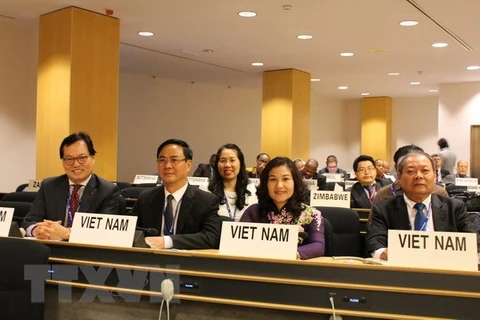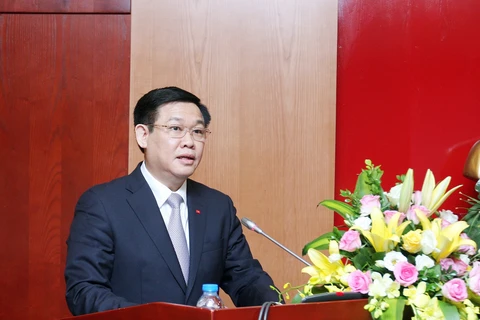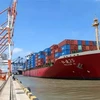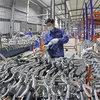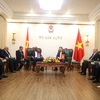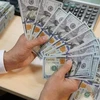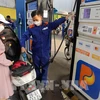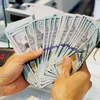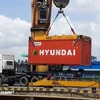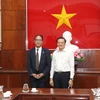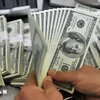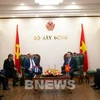Hanoi (VNA) – Amidst the fourth industrial revolution, domestic banks have actively invested in technologies to improve their products, services and governance, Vice Governor of the State Bank of Vietnam (SBV) Nguyen Kim Anh told a seminar in Hanoi on June 15.
Anh cited outstanding digital technologies applied by local banks such as cloud computing, big data analysis, artificial intelligence, biometric verification and open API that have also helped customers have better experiences.
According to the official, banks have also used distribution channels to access users on digital platforms such as smartphones and social networks, thereby helping them learn about customers’ habits and hobbies to offer suitable products and services.
Deputy Minister of Science and Technology Pham Dai Duong lauded the banking system as one of the forerunners in the application of modern technologies in business and management activities.
He also noted challenges when it comes to developing new technologies such as blockchain, big data, artificial intelligence, which he said, require banks to make changes in management and products to cope with cyber security risks.
SBV Vice Governor Anh shared Duong’s view, saying that banks must cope with challenges in refining legal frameworks amidst the fourth industrial revolution, switching to new governance and business models, and protecting personal information of customers.
Economists suggested banks improve legal frameworks that make it easier for fintech enterprises to develop financial products and services on digital platforms.
They underscored the need to upgrade hi-tech infrastructure to automate almost banking processes, which require efforts of banks, credit organisations and the government as well.-VNA
Anh cited outstanding digital technologies applied by local banks such as cloud computing, big data analysis, artificial intelligence, biometric verification and open API that have also helped customers have better experiences.
According to the official, banks have also used distribution channels to access users on digital platforms such as smartphones and social networks, thereby helping them learn about customers’ habits and hobbies to offer suitable products and services.
Deputy Minister of Science and Technology Pham Dai Duong lauded the banking system as one of the forerunners in the application of modern technologies in business and management activities.
He also noted challenges when it comes to developing new technologies such as blockchain, big data, artificial intelligence, which he said, require banks to make changes in management and products to cope with cyber security risks.
SBV Vice Governor Anh shared Duong’s view, saying that banks must cope with challenges in refining legal frameworks amidst the fourth industrial revolution, switching to new governance and business models, and protecting personal information of customers.
Economists suggested banks improve legal frameworks that make it easier for fintech enterprises to develop financial products and services on digital platforms.
They underscored the need to upgrade hi-tech infrastructure to automate almost banking processes, which require efforts of banks, credit organisations and the government as well.-VNA
VNA


